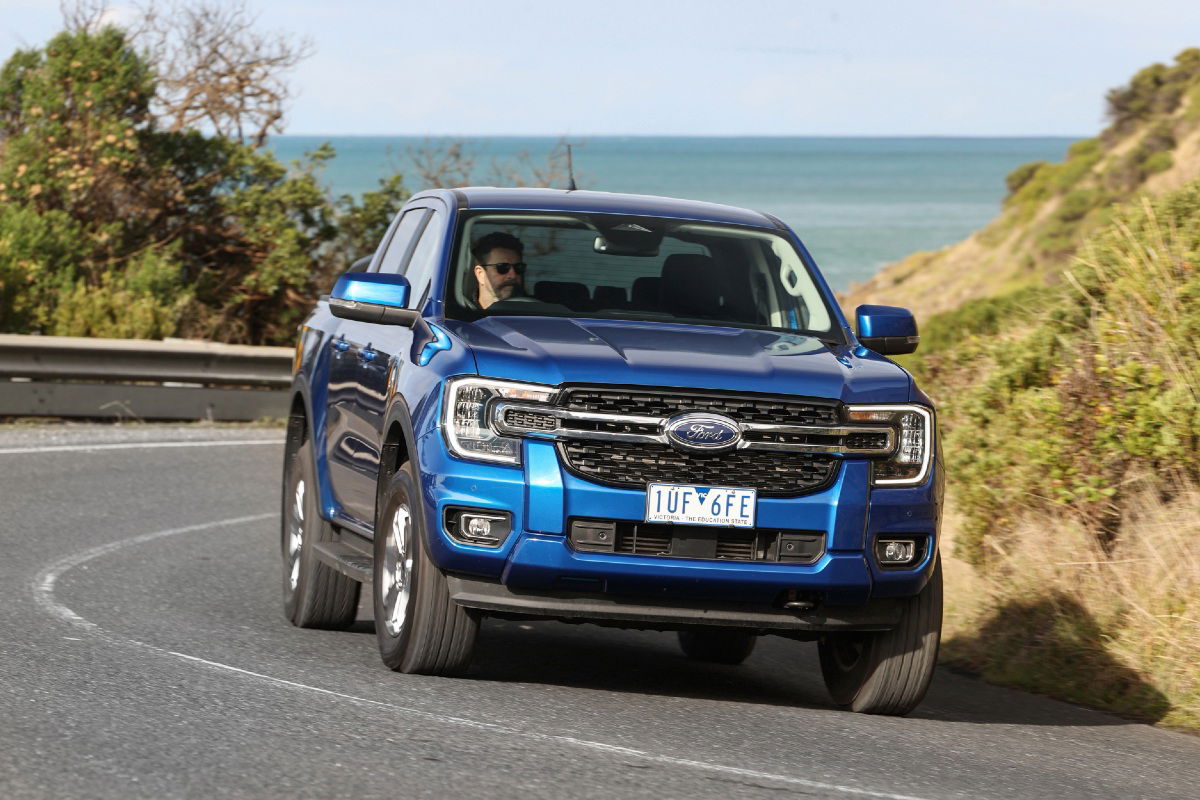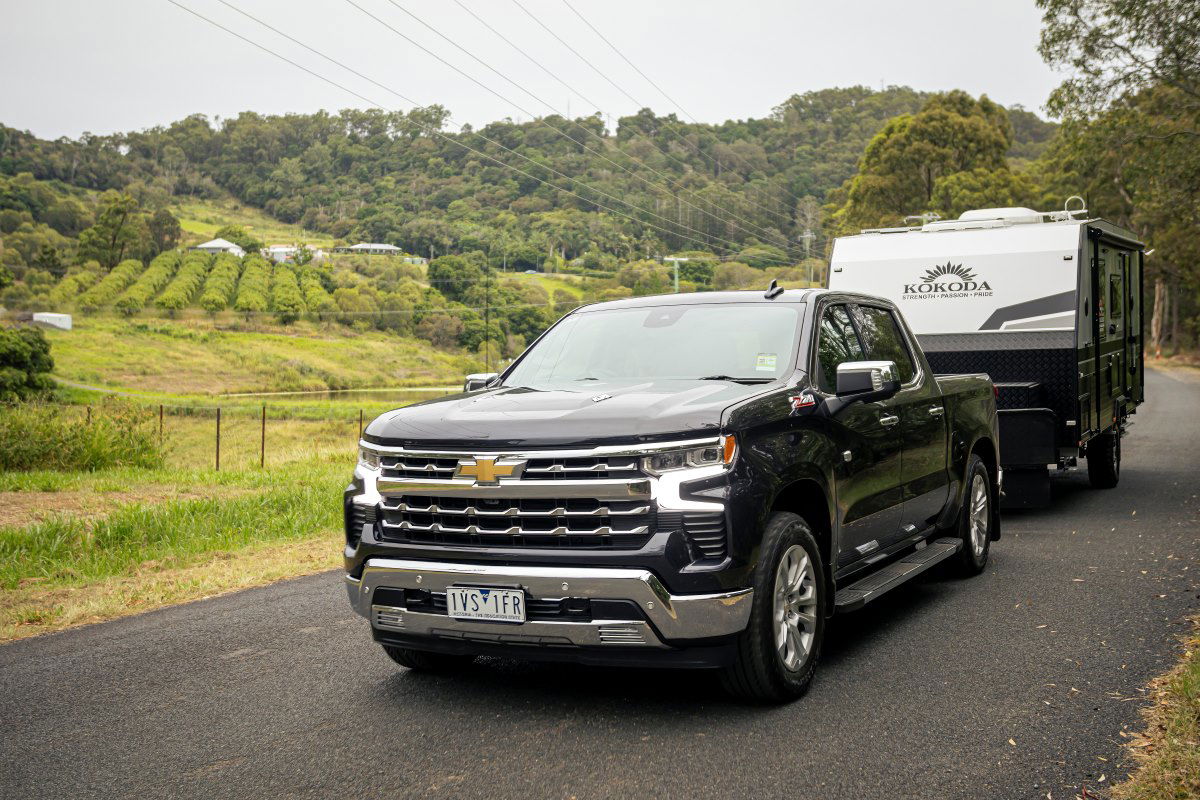
Clearly, even the myriad of supposed End-of-Financial-Year special offers (many of which remain on foot this week unsurprisingly…) didn’t overcome the general economic malaise that is evident in much of Australia today, as the VFacts sales data revealed a decline in June registrations year on year.
It’s worth noting, as usual, that these figures are exactly that – registrations. They don’t always actually reflect sales. Many-a-time has a dealer principal had a call from the regional manager of the brand they represent to urge a final push for registrations before a month end. Dollars are slapped on bonnets by manufacturers and dealers respond by registering cars in the names of everyone from their grandmothers to their children.
So, if registrations are down four per cent year on year, you can pretty safely bet that real sales are down further.
That shouldn’t really come as any surprise. Whilst we’ve got pretty low unemployment, a lot of people are feeling the pinch as mortgage rates stay high (by recent standards, not by the standards of us oldies!) and the general cost of living creeps ever higher.
Moreover, used car values are now back to a more normal rate of decline than we saw in COVID years. That means that it’s sometimes harder for punters to trade their cars for new ones as they may well be sitting on unexpected negative equity.
I’d expect more of the same in the second half of 2024 especially given that the only growth sector of the market in June was government purchases.
Those registered but unsold vehicles will also compete with real new sales this month. We’re back to the old, pre-COVID, days with many of the manufacturers simply pumping the market full of stock and then having to react when sales slow.

The fluctuations in demand in Australia are actually much harder for the importers to deal with than in almost any other market. That’s because of the tyranny of distance from the points of production now that we don’t have any local manufacturing. This is also exaggerated by the general disruption to shipping at the moment caused by the Suez Canal issues. And only in the last few weeks has the Panama Canal increased the flow of ships through there after the severe reduction in capacity caused by drought. Remember that a substantial number of the SUVs that we buy are built in the USA by the likes of BMW, for instance, and shipped out of the south-east of the states to Australia.
Hence, orders are placed, and production planned for Australia much further ahead as a rule. It’s easier for Asian producers than European ones, but it’s still weeks from plant to dockside in Aus. So, we can easily see an imbalance between supply and demand here. For a couple of years it was the supply side that was limited, now it’s demand.
Potential tariffs on Chinese-built cars going into Europe will also increase the pressure to send those cars here instead and I guess we’re going to quickly see their share of the Australian market go from 15 per cent today to 30 per cent in three years time if they price aggressively and keep making huge strides in the technology and quality they offer in the car/SUV sectors.
Bottom line is that the market is almost certainly going to be pretty volatile for the foreseeable future. Sales won’t necessarily go backwards that far, as brands will get ever more inventive with financing and other offers, but margins will deteriorate across the industry. And used car prices will continue to retreat to more realistic levels.
One of the market sectors hardest hit last month was American full size pickups. I wrote some time ago that I thought that the total market here, almost regardless of the number of models available, is about 10,000 units per annum. And that’s exactly where it’s headed at the moment, with 5070 registrations year-to-date It may actually not reach that 10k number in the end. The pie has simply been divided up differently since the demise of the cheap version of the Ram and the addition of the Ford F150. Quite why anyone would buy an F-150 at the moment though, is beyond me given the fact that they’re never out of the recall headlines.

Whilst on light commercials, the combined market share of the two Chinese brands, GWM and LDV, in this sector has slipped over the past year from about 10 to seven per cent. That’s probably because there’s an increasing realisation amongst buyers that they’re better off to go after superior, albeit more expensive, products that they can easily sell second hand down the road. For sure, the commercial sector offerings from China haven’t kept pace development wise, in any way, with those products that they sell in the passenger car/suv segments.
And underlining the fact that the best products do dominate the Ute sector are the combined sales of the two best 4×4 pickups – the Toyota HiLux and the Ford Ranger/Volkswagen Amarok (for the Ford and the VW are the same). Between them, they currently make up well over half of all 4×4 Utes sold here.
In the passenger car field, I’m continually amazed that no-one apart from Hyundai/Kia appears interested in the people mover segment. It’s a reasonable size, accounting for some 12-15k units per year, and yet the Korean sister brands have over 80 per cent of that market between them. The excellent Carnival dominates once again with 72 per cent alone. Why doesn’t anyone else serious play here anymore?
Finally, in the sports car market, Porsche sales have not only held up, but are booming year-to-date for all three models, 911, Boxster and Cayman. That surely must be driven by a fear that Porsche is hybridising or electrifying these cars soon, but punters just want good old internal combustion engines in their sports cars so are buying them whilst they still can. Just look at the drop in Taycan sales figures, down 95 per cent month-on-month, for evidence that Porsche buyers don’t appear to have a sustained interest in EVs.












Discussion about this post